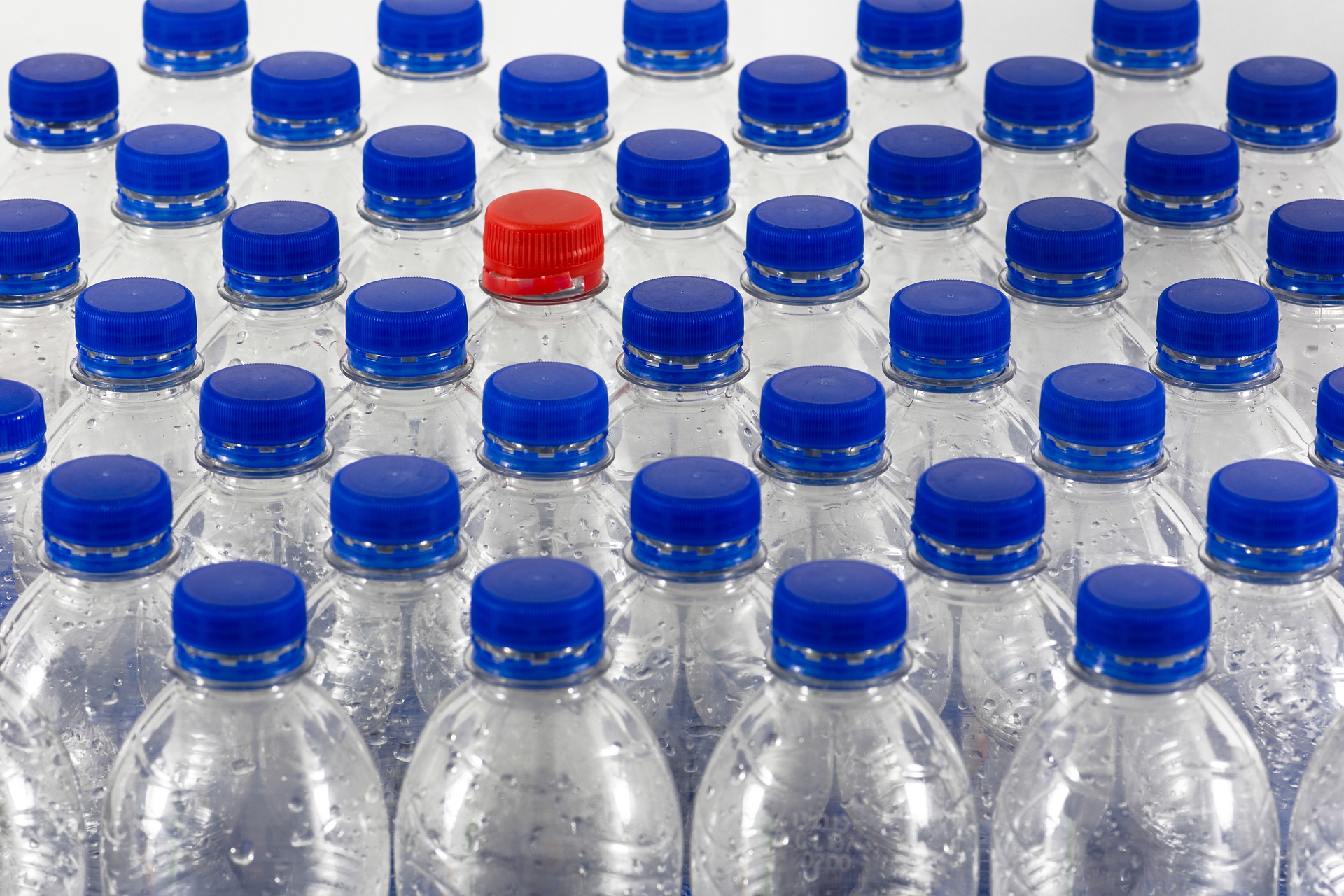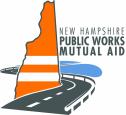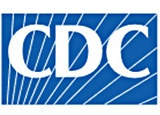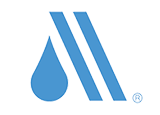Public Water System Emergency Planning
Tools and assistance for water system emergency planning, response and recovery.
In order to maintain a water system that is protected and secure, it is important to assess potential risks and take action to improve emergency response. To help public water suppliers maintain a high level of protection and security, the NHDES Drinking Water and Groundwater Bureau (DWGB) provides the necessary training and tools to identify vulnerabilities and improve emergency response and security. This information will help water systems plan for, respond to and recover from emergencies.
Emergencies may include suspected or actual tampering or sabotage of the system, damage or depletion of the source affecting water quantity and/or quality, or the interruption of service due to a line break or other cause. If you experience an emergency or security breach, you are required to notify DWGB within 24 hours (Env-Dw 503.02).
If your system experiences an emergency and you need to activate an alternate source of drinking water ASAP, see the Emergency Water Supply Wells for Public Water Systems fact sheet for an explanation of the steps that need to be taken.
Partnerships During Emergencies
Water and Wastewater Agency Response Networks (WARNs) are systems that create a formalized network of utilities helping other utilities during emergencies or disasters and are governed by a mutual aid agreement. There are 50 in the United States and two in Canada. Learn more with our FAQs on Water and Wastewater Mutual Aid and Assistance.
New Hampshire has its own mutual aid network called the NH Public Works Mutual Aid Program (NHPWMA), which is coordinated by the UNH Technology Transfer Center. Water systems are encouraged to participate in the mutual aid program to provide partnerships and networking during emergencies. Learn more about Mutual Aid.
If a municipal water system is in need of equipment or resources, a good place to start is by contacting your local Emergency Management Director (EMD). Establish a good relationship with your EMD as they could help procure important resources.
If your water system is in need of certain Personal Protective Equipment (PPE) like cloth masks, please see the flyer highlighting several areas throughout the state prior to picking up your order. There are seven Points of Distribution Sites (PODS) to choose from. Please call prior to arriving.
Disclaimer: Please note several effective measures can be taken to mitigate exposure to COVID-19 including vaccination and mask use. There are other robust mask uses such as the N95; however, cloth masks may still provide a level of protection should an individual choose to use a cloth alternative. Cloth masks are still being distributed to aid in the prevention of disease spreading.

Acute contaminants in your water system
Was E. coli or nitrate detected in your water system? NHDES may require that a water system implement a drinking water advisory in order to protect public health. Such advisories may be issued after detection of E. coli bacteria, a nitrate or nitrite exceedance, a lapse in system integrity, failure of a treatment process, or suspicion of other water-borne pathogens.

Boil orders when water quality is compromised
Sometimes water quality becomes compromised due to the presence of E. coli or loss of water pressure. If this happens, it will be necessary to issue a boil order, or a directive to have water customers boil their water before consuming to make sure it’s safe to drink. The boil order is kept in place until multiple drinking water samples show the absence of bacteria, and NHDES staff confirm that the water is safe for consumption.
 Public notices required to inform water users
Public notices required to inform water users
A public notice is distributed to notify water users of important information. Reasons for distributing a public notice include if a contaminant has been found above a standard or if a scheduled sample was not collected. Learn more about when it’s necessary to issue a public notice and the proper public notice forms to use. The DWGB provides templates to assist water systems in meeting public notice requirements. The Notice of Violation (NOV) directs the water system to the correct template and contains the information needed to complete the public notice. Please carefully read the instructions accompanying each template. If you have any questions, please refer to your NOV for contact information.
 Emergency Bulk Water Deliveries
Emergency Bulk Water Deliveries
In the event of an emergency, a public water system may need to purchase bulk water from an approved source to maintain an adequate water supply. There are rules (Env-Dw 304 Emergency Bulk Water Supply for Public Water Systems) in place to help ensure that water obtained from a bulk water delivery meets the same water quality standards required of public water suppliers. Please note DWGB must be notified of a bulk water delivery within two business days using the NHDES Bulk Water Delivery Notification Form.
Developing an Emergency Plan
All community water systems are required to submit an updated emergency plan to DWGB every six years per Env-Dw 503.21. The emergency plan will be a checklist item during sanitary surveys and a lack of one will result in a survey deficiency. A copy of your community water system's updated emergency plan was due in March 2021.
Developing a plan that will effectively meet the needs of a system in the event of an emergency is directly related to the quality of work that goes into it. The better the input, the better and more effective the plan. NHDES strongly recommends that the plan be developed by the people who are most knowledgeable about a system's users, equipment, infrastructure and resources. It is ultimately up to the owner to make sure a plan is completed. The plan must be reviewed and signed by both the owner and operator.
NHDES recognizes that every system will be different in terms of the resources they allocate for their plan. Small systems may only need to invest a minimal amount of time, whereas large systems may want to develop, implement or maintain their plans at a more advanced level.
Be sure to use an all-hazards approach by accounting for events that can affect your system's daily service and operations, such as natural disasters, malevolent acts and national pandemics and illnesses like the flu. Consider including EPA's Incident Action Checklists as an appendix in your emergency plan.
Emergency Planning Templates & Guidance
Developing a Risk Assessment
In 2018 America’s Water Infrastructure Act (AWIA) was signed into law. Section 2013 requires community water systems serving more than 3,300 people to develop or update risk assessments, update emergency plans based on the findings of the risk assessment, and certify to EPA that this work has been completed. You are not required to actually submit your risk assessment to NHDES. The risk assessment contains sensitive information that should be stored in a secure location. See the EPA website for details on conducting a risk assessment and how to certify. Please note that certification deadlines vary based on population size. The next deadline will be in 2026.
Although a risk assessment is required only of community water systems serving more than 3,300 people, it is recommended that all systems complete one regardless of size. It’s important to identify potential risks to your water system to determine how a system will handle malevolent acts and natural hazards.
Risk Assessment Tools & Resources
Water System Cybersecurity
As cyberattacks increase, water systems should be proactive in assessing their operations for cybersecurity vulnerabilities and making adjustments to reduce the risk of a cyberattack.









